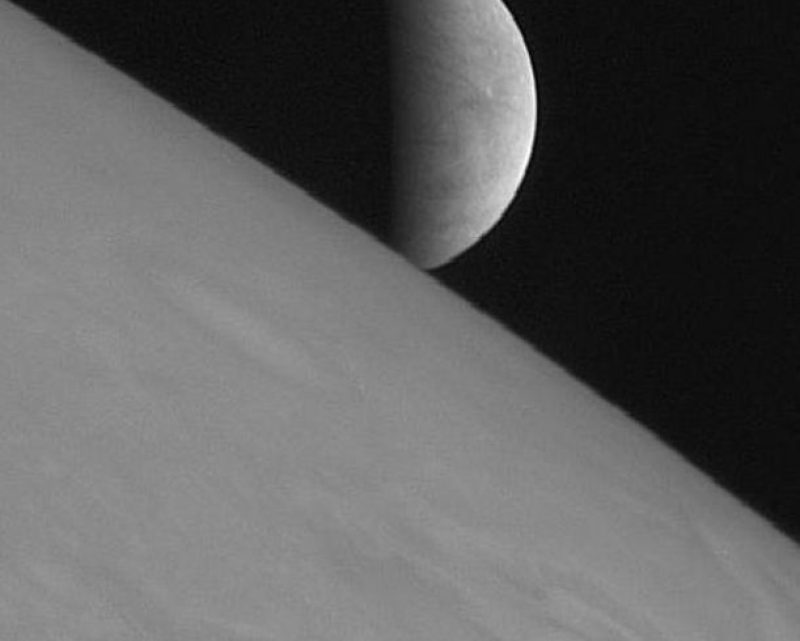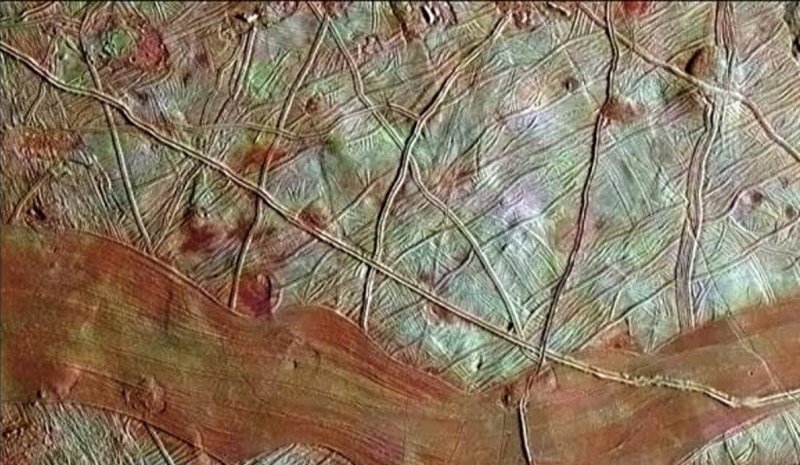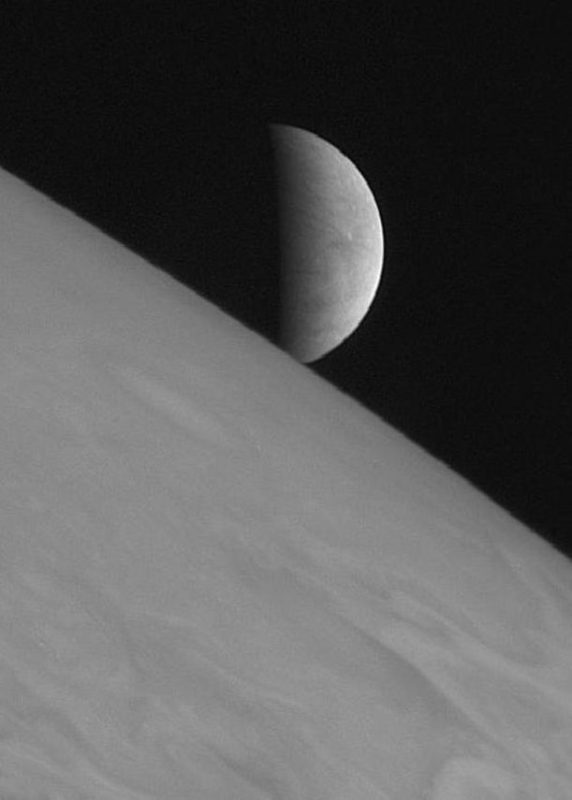
NASA is considering a lander mission to Europa, one of Jupiter’s moons, where it would search for alien life.
The lander would use three different instrument suites, including an “organic compositional analyzer,” a microscope system, and a “vibrational spectrometer,” to search for alien life on Europa. A secondary, but still important, goal of the mission would be determining if Europa’s vast, frozen ocean is habitable.
This lander mission would be attached to an already-scheduled flyby mission to Europa planned for the 2020s, in which a solar-powered craft will orbit Europa to determine habitability. The lander component was ordered by Congress in 2015, and NASA is still deciding how to make it work.

But why is there so much interest in Europa to begin with? According to astrobiologists, it’s one of our solar system’s best bets for alien life. That ocean mentioned earlier is likely in contact with the moon’s rocky mantle, causing the sort of strange chemical reactions that ultimately create sentient life.
That said, adding a lander component to a scheduled mission gives rise to many logistical complications, and it’s not something to be taken lightly. The Science Definition Team has compiled a paper with their findings and recommendations related to the mission, and NASA will host town hall meetings in March and April 2017 to get feedback about it.
Click here to read the SDT’s paper.
—RealClearLife Staff
This article was featured in the InsideHook newsletter. Sign up now.
























